How to see the March 14, 2025 total lunar eclipse in Iceland
Weather permitting, a total lunar eclipse can be seen from Iceland in the early morning of March 14, 2025
If weather allows, a total lunar eclipse can be seen from Iceland in the morning of March 14, 2025. The Moon, however, will set before the eclipse ends and so it cannot be seen in its entirety from Iceland.
The lunar eclipse is best viewed from North- and South-America and the Pacific, as can be seen in the visibility map below from Sky & Telescope. People there should definitely keep their eyes on the sky.
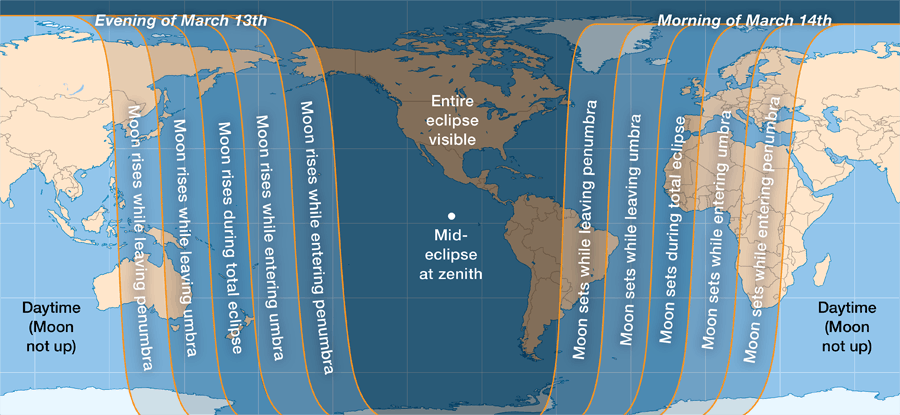
Lunar eclipse timings for Reykjavík
- 03:57: Start of penumbral eclipse - the Moon touches Earth's penumbral shadow, little or no change is visible to the unaided eye
- 05:09: Start of partial eclipse - Earth's umbral shadow starts to cover the left side of the Moon's disk as seen from us
- 06:26: Start of total eclipse - the Moon appears reddish
- 06:59: Maximum eclipse
- 07:01: Dawn
- 07:32: End of total eclipse - the Moon is very near the horizon in the morning twilight and will likely be invisible by now
- 07:49: Sunrise
- 07:58: Moonset
- 08:48: End of partial eclipse – Moon below horizon
- 10:01: End of penumbral eclipse – Moon below horizon
Total duration of the lunar eclipse is 6h 3m, duration of totality 1h 6m.
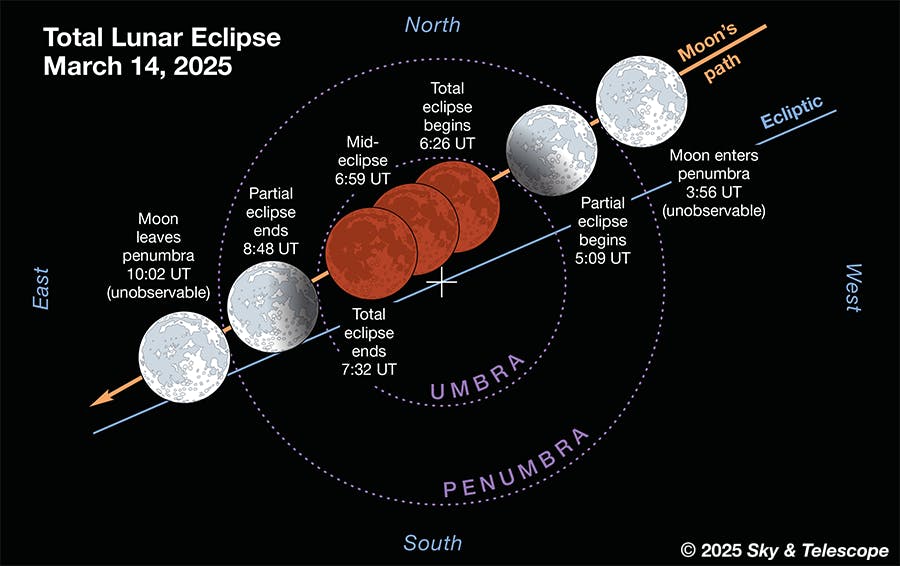
Why are total lunar eclipses often called "bloodmoon"?
During totality, the Moon appears reddish. The reason is that sunlight passes through Earth's atmosphere and illuminates the Moon. This reddish light is why total lunar eclipses are sometimes called "bloodmoons".
The red light comes from every sunrise and sunset happening on Earth at the same time. It sometimes varies between eclipses depending on how dusty Earth's atmosphere is.
During totality, the northern part of the Moon should be brighter, just as the southern tip in the image below, due to closeness to the upper part of Earth's umbral shadow.
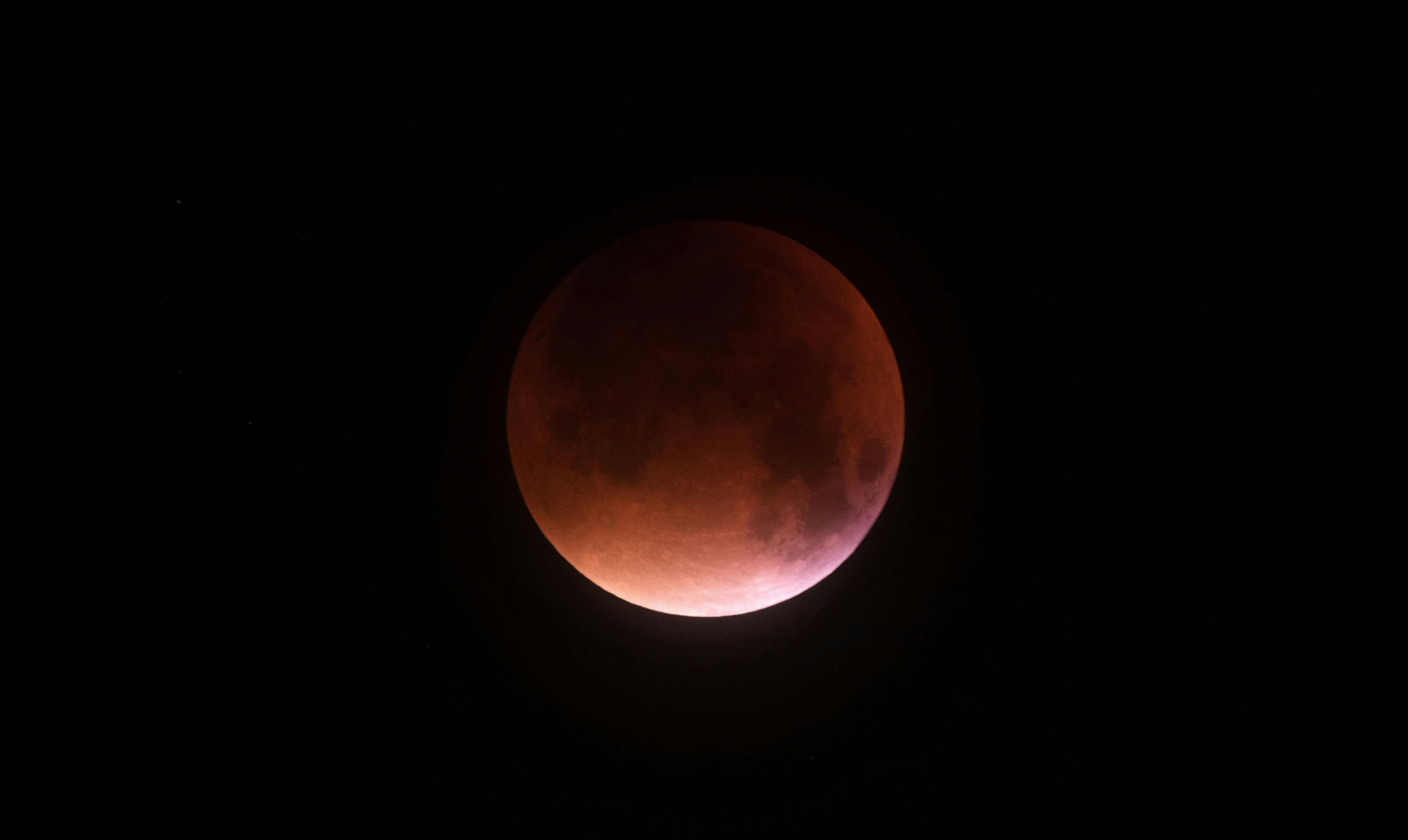
How can I watch the eclipse?
You don't need any optical aids to watch the lunar eclipse. However, it is even more interesting to watch the eclipse with the help of binoculars or small astronomical telecsope.
How can I photograph the eclipse?
Photographing the lunar eclipse is very easy if you are using a DSLR or mirrorless cameras and a nice long focal length lens, for example 400mm or longer. A stable tripod is a must during totality as a longer exposure is needed.
Shooting the eclipse with a smartphone is more cumbersome since the Moon's disk will be tiny. Instead, we recommend using a telescope and image through the eyepiece or buy an adapter to do so.
A high quality telescope on a computerised mount is, of course, the best way to capture the beauty of the eclipse.
What else is there in the sky?
During totality, the Moon is within the constellation of Leo, the Lion. Higher in the sky, to the northwest of the Moon, Arcturus in Boötes the Herdsman shines with its brilliant orange hue. Mars sets in the west in the late morning so no planet is up while the lunar eclipse takes place.
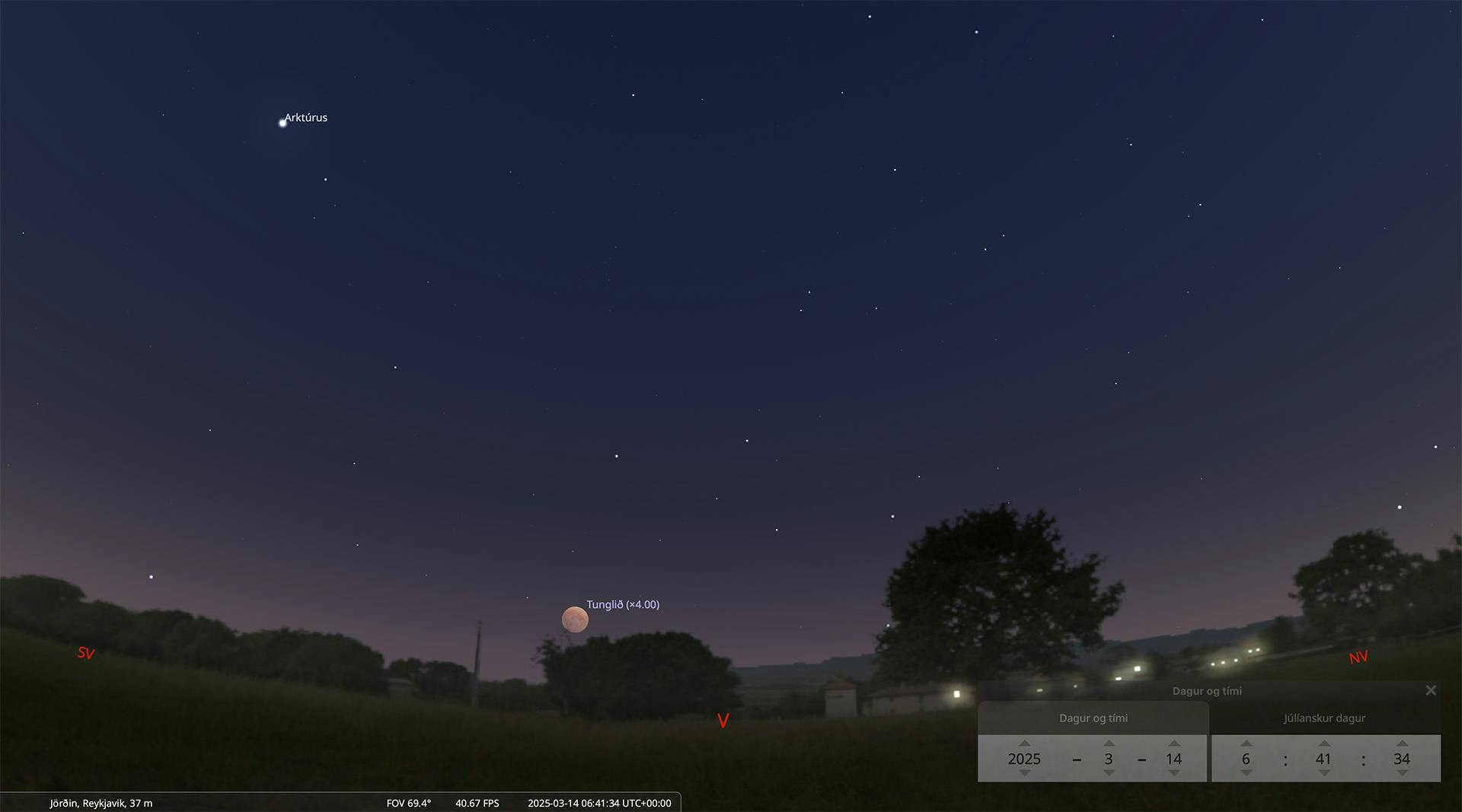
Why do lunar eclipses occur?
Lunar eclipses occur when the Sun, the Earth and the Moon are in a direct line, called syzygy, so that the Moon crosses Earth's shadow. During totality, the Moon passes into the darkest part of Earth's umbra.
Lunar eclipses don't occur every month since the orbit of the Moon is tilted by about 5 degrees. Therefore, most of the time, the Moon passes north or south of the shadow.
Partial solar eclipse on March 29
Two weeks later, on March 29, a partial solar eclipse will also be visible from Iceland. To observe it, solar eclipse goggles are a must.
Next lunar eclipses visible from Iceland
Next lunar eclipses visible from Iceland will be on:
- September 7, 2025 - Partial eclipse - Not seen in its entirety, the Moon is partially eclipsed during moonrise in east Iceland but in the penumbra when it rises in west Iceland
- August 28, 2026 - Partial eclipse - very deep partial eclipse
- January 12, 2028 - Partial eclipse
- December 31, 2028 - Total eclipse
- June 26, 2029 - Total eclipse
- December 20, 2029 - Total eclipse
- October 18, 2032 - Total eclipse
- April 14, 2033 - Total eclipse
Images of the March 14, 2025 total lunar eclipse
Weather prohibited a clear view of this total lunar eclipse in most places in Iceland. Nevertheless, a few photographers captured some images through openings in the cloud cover, such as this view of the partial phase.
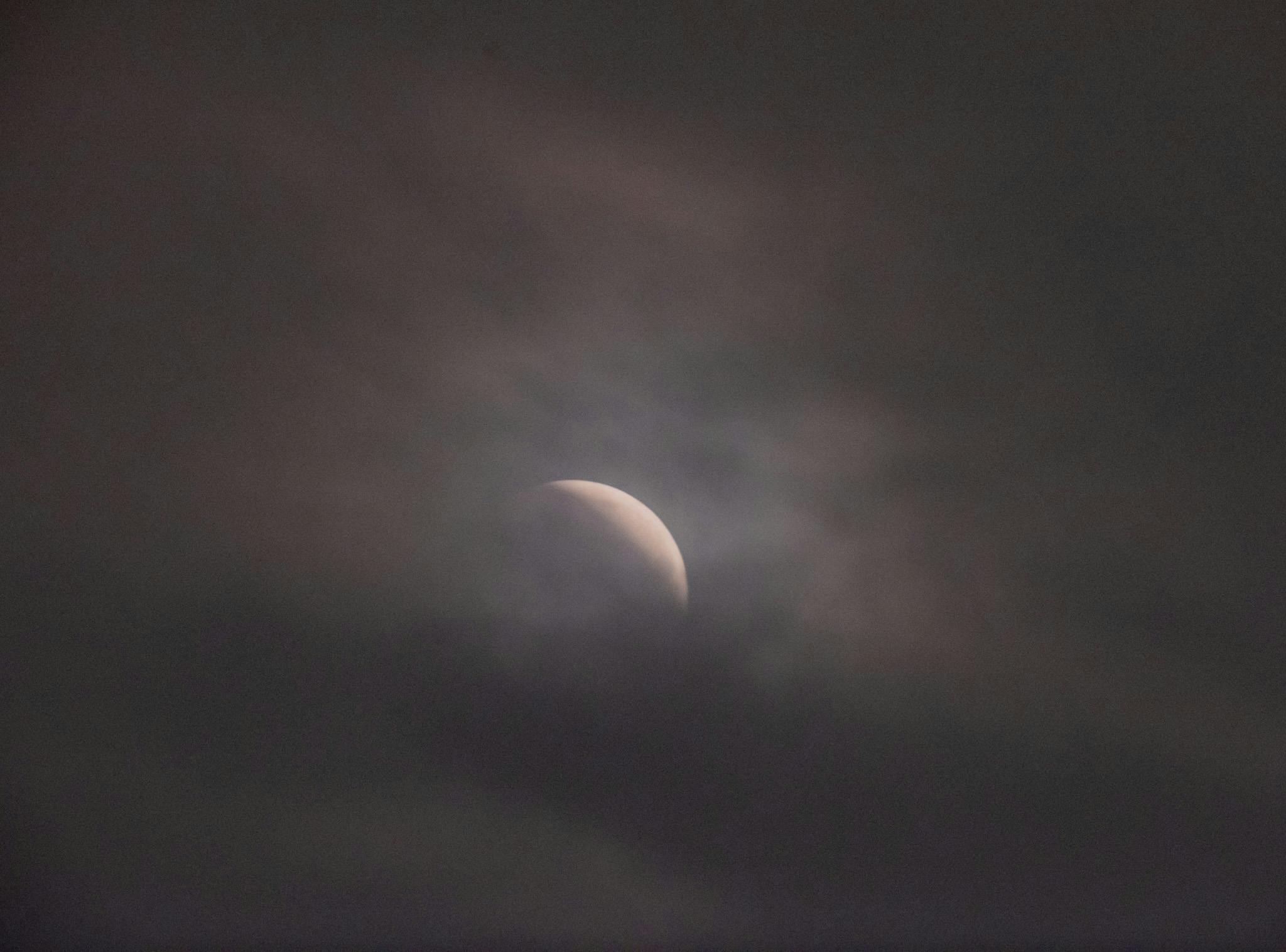
The weather was a bit nicer in north Iceland where Eyþór Ingi Jónsson captured the beauty.
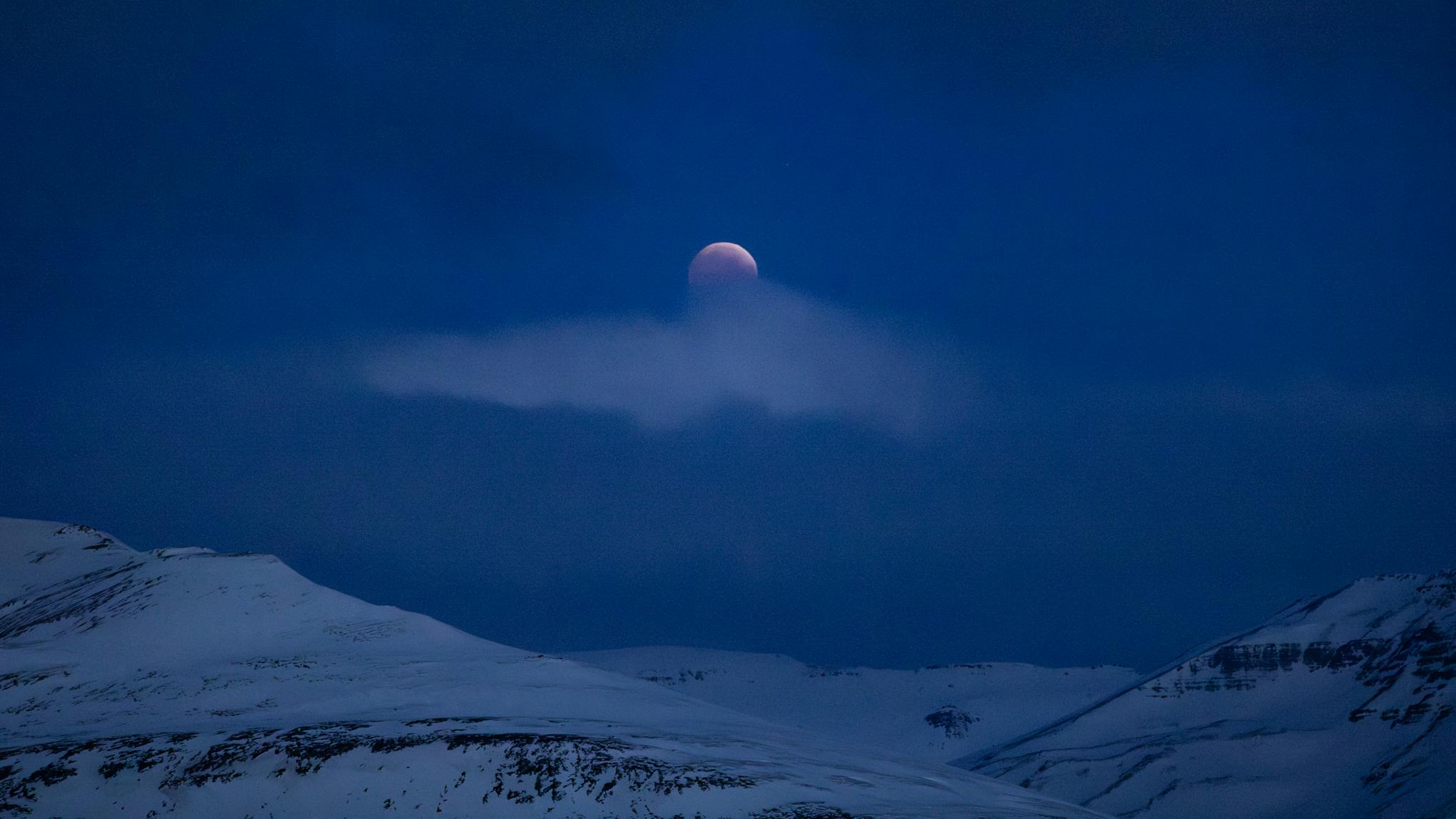
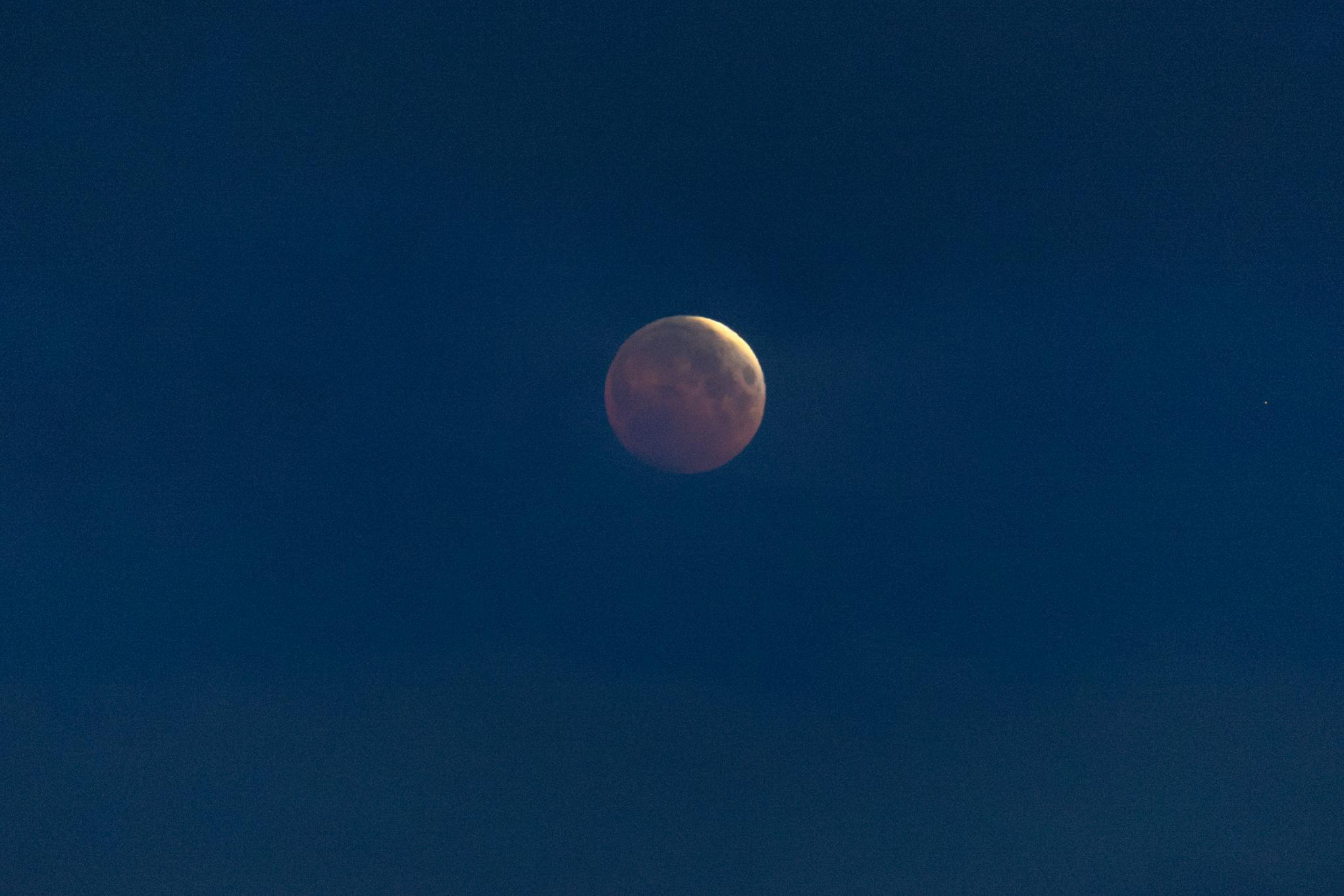
Sævar Helgi Bragason is an award winning astronomy and science communicator and educator, lecturer, author, TV host and owner and editor of icelandatnight.is and eclipse2026.is.


